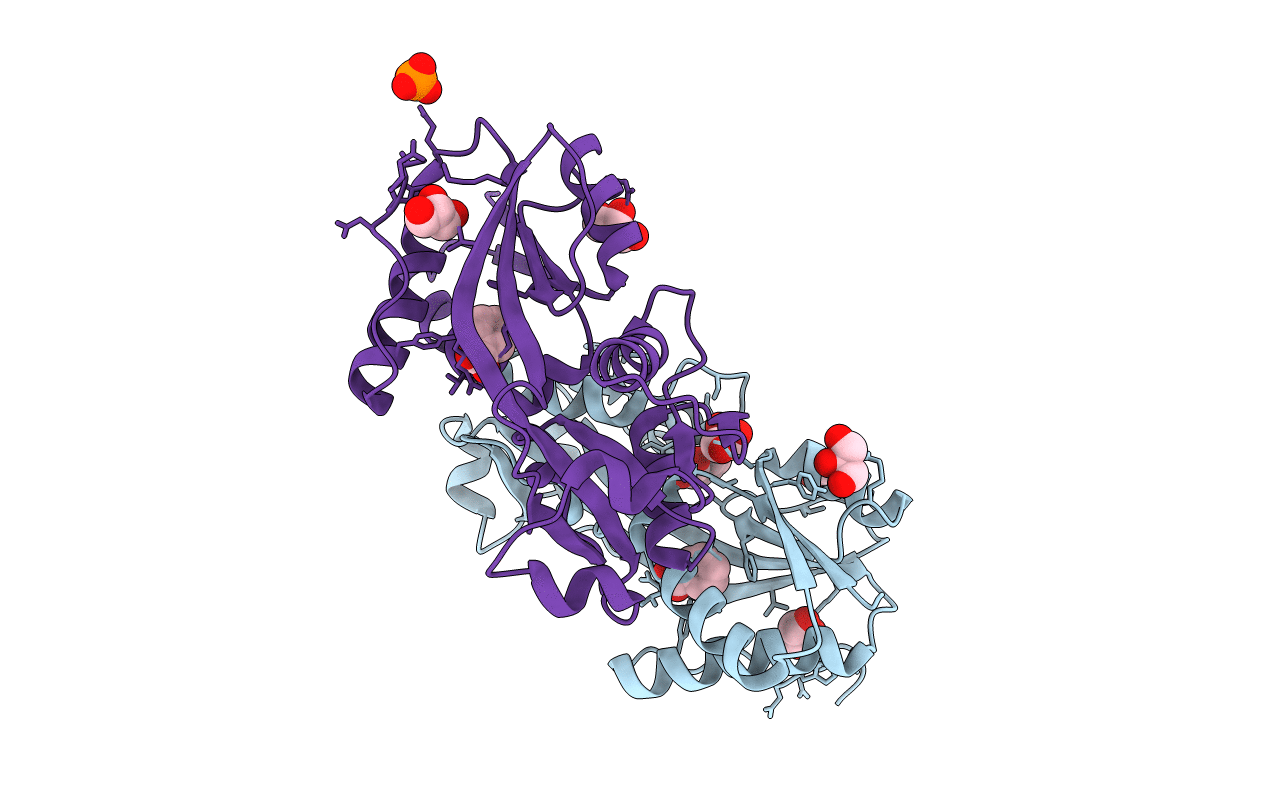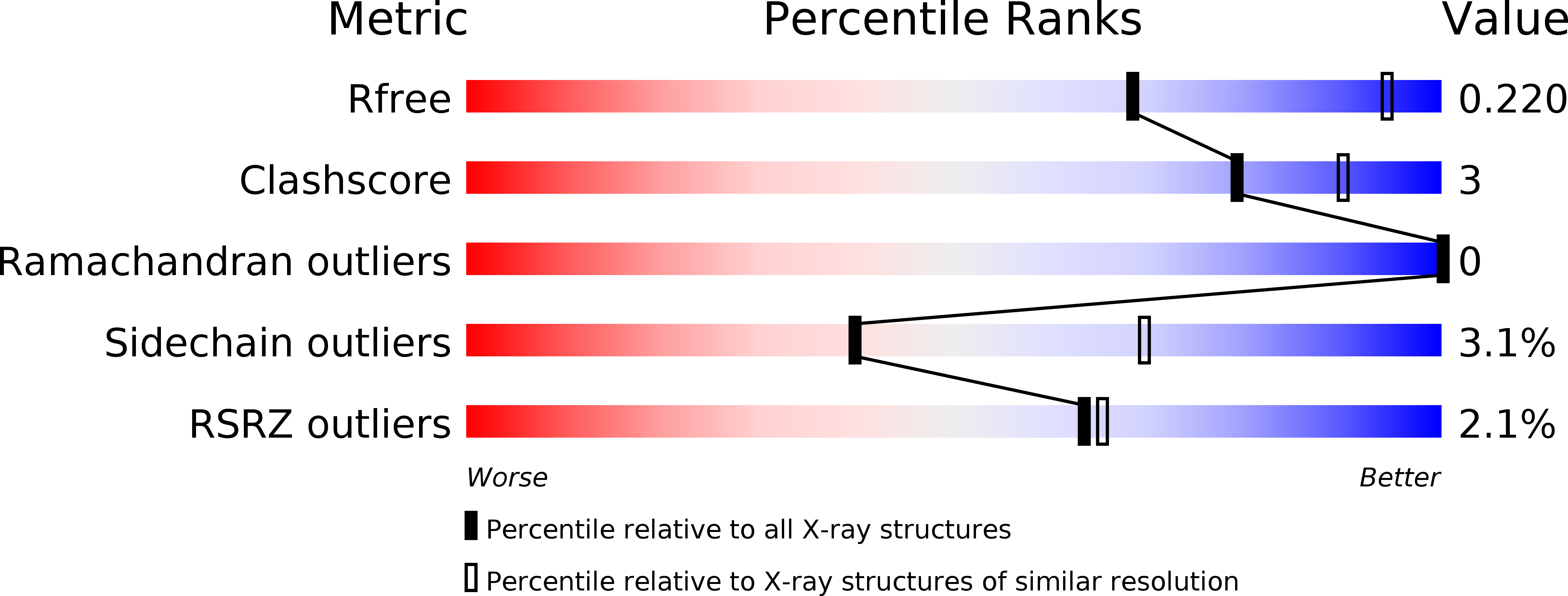
Deposition Date
2005-12-02
Release Date
2006-12-12
Last Version Date
2023-08-30
Entry Detail
PDB ID:
2F8D
Keywords:
Title:
BenM effector-Binding domain crystallized from high pH conditions
Biological Source:
Source Organism:
Acinetobacter baylyi (Taxon ID: 202950)
Host Organism:
Method Details:
Experimental Method:
Resolution:
2.70 Å
R-Value Free:
0.19
R-Value Work:
0.14
R-Value Observed:
0.15
Space Group:
C 2 2 21


